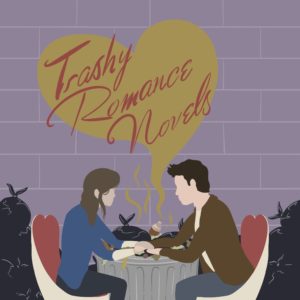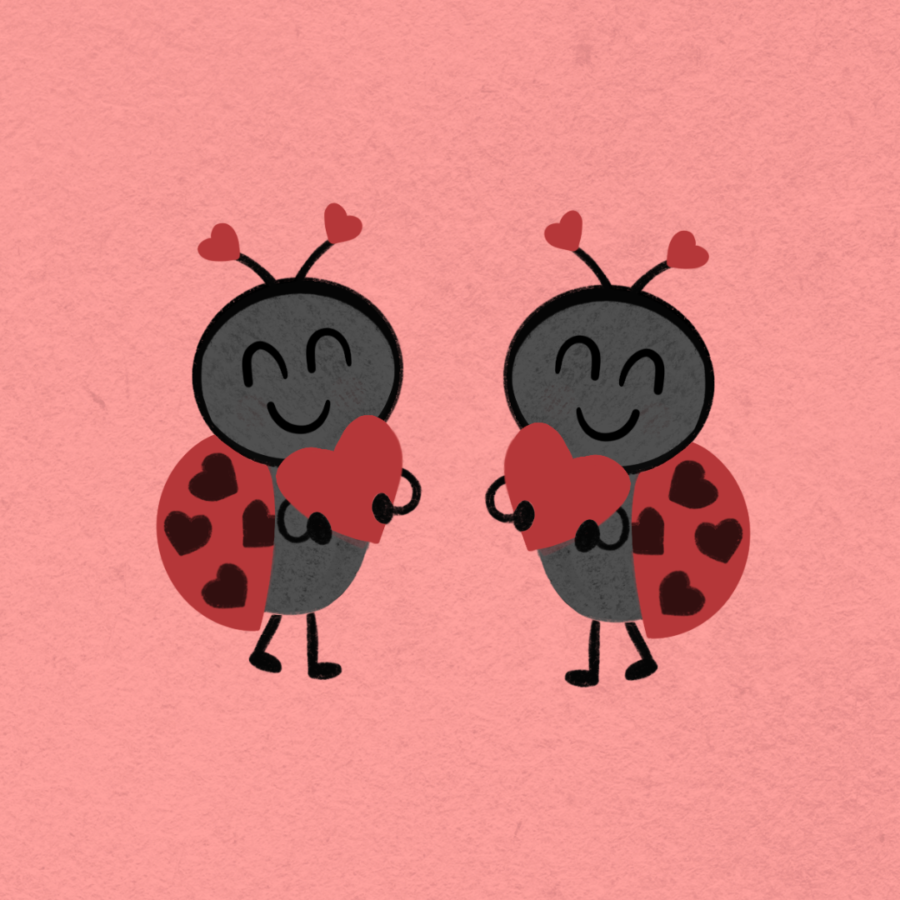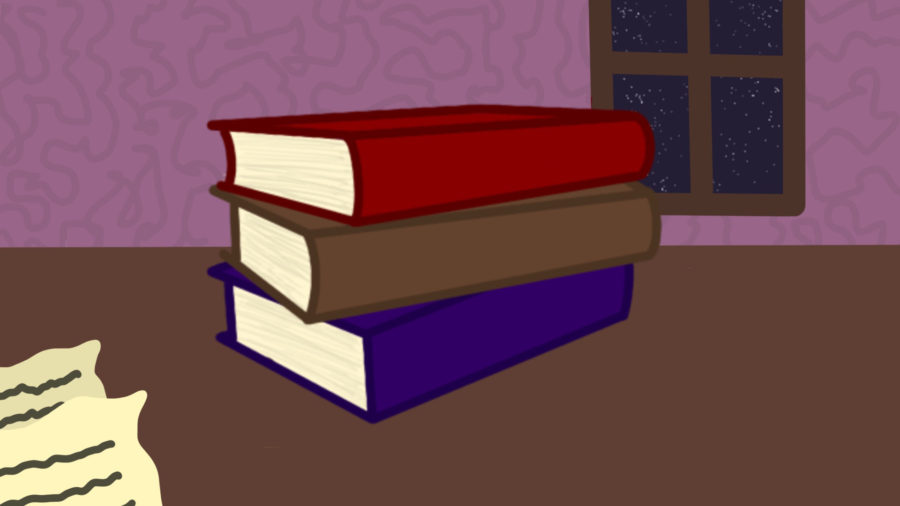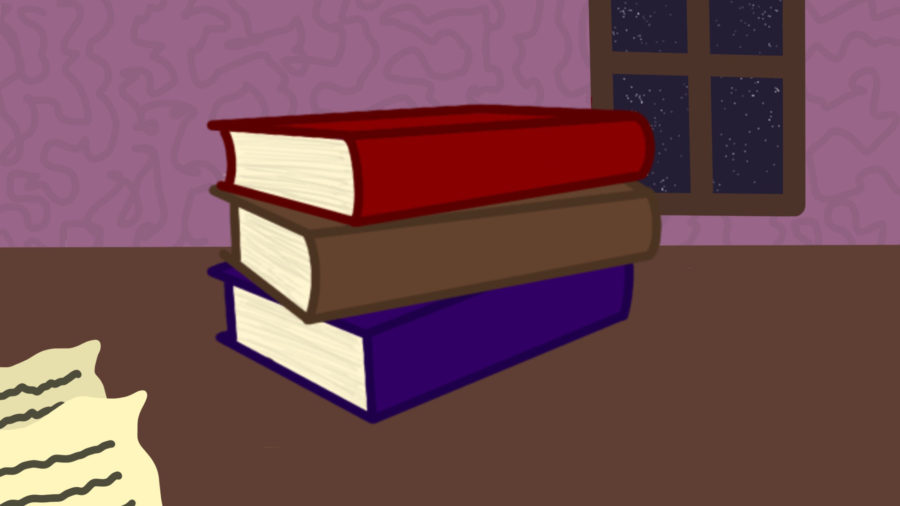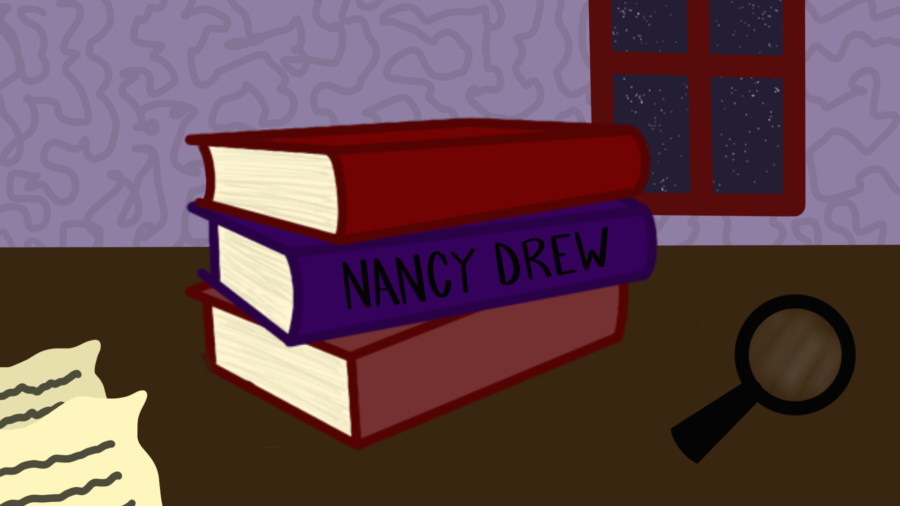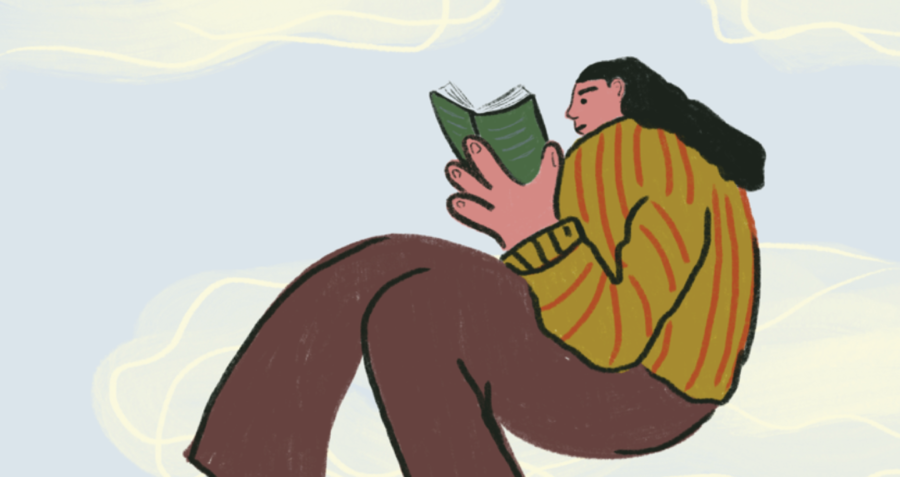Illustration by Emma Greathouse
Talking animals, gifts from Santa and Turkish delight. What else could a kid want?
How about being the king or queen of a magical land?
For the Pevensie children, Lucy, Edmund, Susan and Peter, every kid’s dream becomes their reality when they travel through an old wardrobe to the magical land of Narnia.
This occurs in “The Lion, the Witch, and the Wardrobe,” the first published book in “The Chronicles of Narnia” by C.S. Lewis. Every book in the seven-book series takes place in Narnia, although each story follows slightly different characters. Today, I will only be discussing the first book so exclusively “The Lion, the Witch, and the Wardrobe” spoilers are ahead.
The story begins during World War II when the Pevensie children are sent to live with an old professor in the country to escape the air raids in London. There, the youngest sibling, Lucy, discovers a magic wardrobe that takes her to a magical land called Narnia.
On this first visit, Lucy encounters a faun who tells her about the White Witch. The witch enchanted Narnia so that it is always winter and never Christmas. However, there is a prophecy stating that when four humans inhabit the throne, the White Witch will be defeated. As a human herself, Lucy is in danger of being hunted by the witch. Luckily, the faun helps her escape.
When Lucy returns home, the rest of her siblings do not believe she traveled to Narnia. Despite his disbelief, Edmund follows Lucy into the wardrobe where he encounters the White Witch. He promises to return with the rest of his siblings, because he does not realize the witch’s plans: to kill them all and prevent the prophecy.
Eventually, all of the children find their way into the wardrobe to discover that the faun has been punished for helping Lucy escape. While trying to figure out a way to save him, they ally with Mr. and Mrs. Beaver. The Beavers tell the children that the great lion, Aslan, is coming to defeat the White Witch.
Meanwhile, Edmund still reports to the witch despite the indicators she is evil; he believes she will make him king. Instead, the White Witch reveals her true intentions. She enslaves Edmund and goes after the rest of the Pevensie siblings.
While on the run, Lucy, Peter and Susan fight vicious wolves, receive gifts from Father Christmas and befriend Aslan. They even save Edmund after Aslan agrees to a secret deal with the witch. It seems as though the children will win the battle against the witch’s army alongside Aslan and his supporters.
However, the night before the battle, Susan and Lucy follow a defeated-looking Aslan into the woods. The White Witch is waiting for him and performs a ritual sacrifice in which Aslan is killed in the place of Edmund. The sisters are distraught and mourn the lion’s death until he suddenly springs back to life with the power of Deep Magic. The three ride into battle while freeing creatures from the witch along the way. The children alongside Aslan defeat the White Witch’s army. Edmund finds redemption during the battle, and all four children are crowned rulers of Narnia.
The story ends when the Pevensie siblings are adults in Narnia. They are hunting a mythical white stag when they once again encounter the wardrobe. When they arrive back on Earth, they find that no time has passed since they left. They are children once again, but they all seem to know their adventures in Narnia have not ended.
Now, from the difficulty I experienced writing a somewhat concise plot summary of “The Lion, the Witch, and the Wardrobe,” I am fully convinced it would be classified as high fantasy. While the writing is simple with short and to-the-point sentences, the actual content of the story is quite complex for a children’s novel. As someone who typically avoids the genre of high fantasy for its large casts of characters, complicated magic systems and high page count, I found this children’s book to be a great re-introduction to the genre.
There are many fun magical elements littered throughout the story. For example, talking animals, magical food (did someone say they wanted more Turkish delight?) and resurrection. In addition, there are a fair amount of characters addressed by name, which furthers my conviction that the book is high fantasy. However, unlike the typical adult high fantasy, both of these elements are on smaller and simpler scales that make the story much easier to understand.
While the elements of fantasy may be more attainable to children in “The Lion, the Witch, and the Wardrobe,” the story’s moral lessons hold a weight atypical of a children’s book. For example, Edmund’s character arc contains many lessons that may be difficult for a child to grasp.
First, Edmund’s siblings must forgive his grievous betrayal of trust when he reports to the White Witch. While Edmund learns he made a terrible decision, it is still tough to forgive a life-threatening mistake such as Edmund’s. The forgiveness the rest of the Pevensie children give Edmund teaches young readers about the importance of forgiving others.
Next, readers learn about true sacrifice when Aslan gives his life for Edmund and the good of Narnia. When the lion is brought back to life, the story implies those who fight for a noble cause will eventually be rewarded. This moment teaches young readers to do what is right, even when it is difficult.
Lastly, Edmund helps defeat the White Witch by disarming her. Unfortunately, he is harmed in the process. This plot point shows Edmund’s yearning for redemption: another topic that may be difficult for a young child to understand.
My reread of “The Lion, the Witch, and the Wardrobe” has once again sparked my interest in fantasy, and I would recommend the book to anyone who is interested in diving into the world of high fantasy. The writing and plot are simple, but the moral lessons hold value for old and young readers. And as an added bonus, the movie trilogy of “The Chronicles of Narnia” is available on Disney Plus, so there is no excuse not to jump into the magical world of Narnia.


